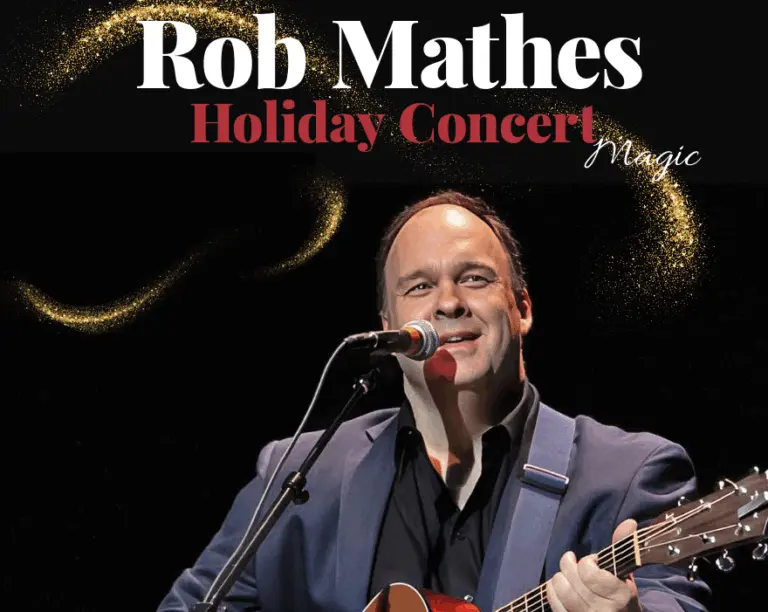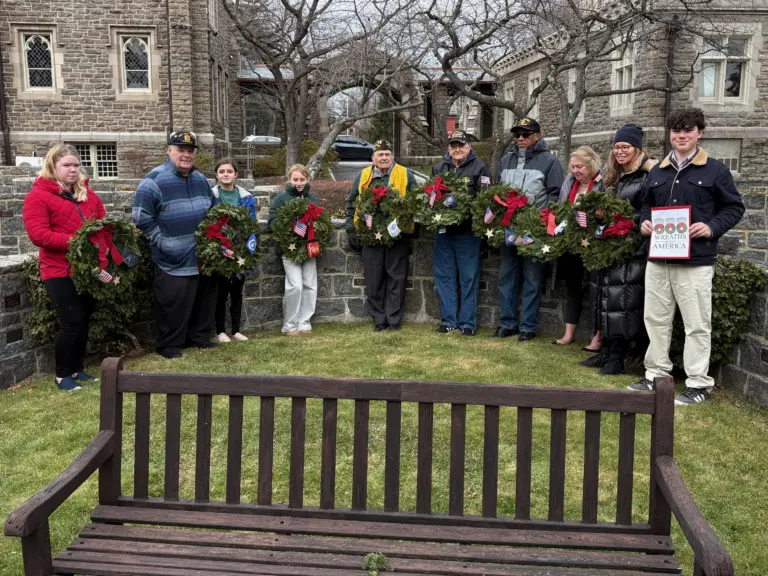The Greenwich Shellfish Commission is embarking on a riveting scientific project. At the core of their mandate lies the conservation, protection, and enhancement of our shellfish population in the very waters that paint our coastal town’s borders.
As we champion these goals, Greenwich collaborates with renowned organizations like NOAA, the Bureau of Aquaculture, and UCONN, among others. Our joint ventures have resulted in pioneering scientific projects that check for the presence of microplastics in shellfish, quantify the benefits of shellfish to our local Greenwich community, and conduct ongoing water quality testing in line with directives from the Bureau of Aquaculture in Milford.
Coming this June 2023, our waters will be a hotspot for an innovative scientific study in collaboration with the Coastal Zone Soil Survey (CZSS). The study, a gem of the National Cooperative Soil Survey, initially began at a national scale in the 1990s under the USDA Natural Resources Conservation Service. It furnishes invaluable baseline data instrumental for coastal resources planning and management.
As the CZSS, embarks on their study here, our waters will become a living lab, with soil scientists meticulously mapping changes in our local soil types. Using specialized tools, samples will be taken from submerged soil and, in partnership with state and local government, analyzed for an extensive array of characteristics. This project will continue, contingent on adequate funding, until the entire Sound is mapped up to a water depth of 3 meters.
The broader Long Island Sound, a dazzling water body that we share with New York, is a cornerstone of one of the most densely populated regions of the United States. It faces increasing pressure due to sea level rise, posing significant challenges for its natural and cultural resources. The Sound’s capabilities to support diverse activities like commercial fishing, shell fishing, boating, shipping, bird watching, and tourism are directly tied to the quality of its waters, living resources, and natural habitats. These activities, in return, generate a staggering $9.4 billion annually in the regional economy.
However, amidst its bustling activity, the Sound holds high ecological significance. On January 14, 2022, it was officially designated the 30th National Estuarine Research Reserve by the National Oceanic and Atmospheric Administration (NOAA). With the recreational opportunities it offers and the roles it plays, the Long Island Sound is a key asset not only to us in Greenwich but to the nation at large.
The CZSS project will yield crucial coastal zone soil survey data, which will inform strategies for managing and protecting our coastal areas, especially critical for our aquaculture industry. It will aid in building sustainable infrastructure for aquaculture, which encompasses the breeding, rearing, and harvesting of various fish, shellfish, and aquatic plants.
Moreover, it will provide important baseline data for Connecticut and shoreline communities to counter climate change. These soil surveys can reveal past climatic events and project the fate of our terrestrial soils as sea levels rise. As a result, they are critical for coastal restoration projects, environmental change tracking, hazard mitigation, and resource inventory creation.
The Connecticut Council on Soil and Water has advocated for federal funding for this project. With their efforts, and the support from Senator Murphy’s office, $5 million was secured for the CZSS for all of Long Island Sound, pushing the project ahead of schedule and marking it as a national priority.
The unmistakable evidence of this project’s commencement will be the CZSS’s custom-designed boat, a local spectacle as it navigates our shores, collecting core samples. These samples will inform various soil-based interpretations relating to our natural resources’ planning and management in Long Island Sound, which will undeniably impact our waters and wildlife.
From soil suitability for hard clam habitat, eastern oyster habitat restoration, to eelgrass restoration essential for scallop restoration, these interpretations can shape the future of our coastal ecosystem. Additionally, they encompass a wide range of other factors like the land utilization of marine dredge materials, groundwater discharge, carbon sequestration, and much more.
Interpretations in progress or proposed delve into critical areas such as shoreline and streambank erosion, salinization due to coastal inundation, living shorelines, and climate change vulnerability. These initiatives, along with soil potential for coastal acidification, will greatly contribute to our understanding and management of natural resources in Long Island Sound.
Given the significance of Long Island Sound as a breeding ground for various species, other considerations include habitat suitability for the likes of crab, horseshoe crab, scallop, and lobster. For our feathered friends, the data will inform the protection of wading shorebirds and migratory waterfowl nesting areas. Furthermore, the survey will contribute to nurturing nurseries and spawning areas, maintaining navigational channels, beach and dune maintenance, and more.
In essence, the CZSS project will provide vital insights that will directly impact the waters and diverse wildlife along our treasured Greenwich coastline. As we look forward to the commencement of this project, we are reminded of the critical importance of scientific exploration in sustaining and enhancing our cherished coastal environment.
Article written in partnership with Sue Baker and Roger Bowgen.




